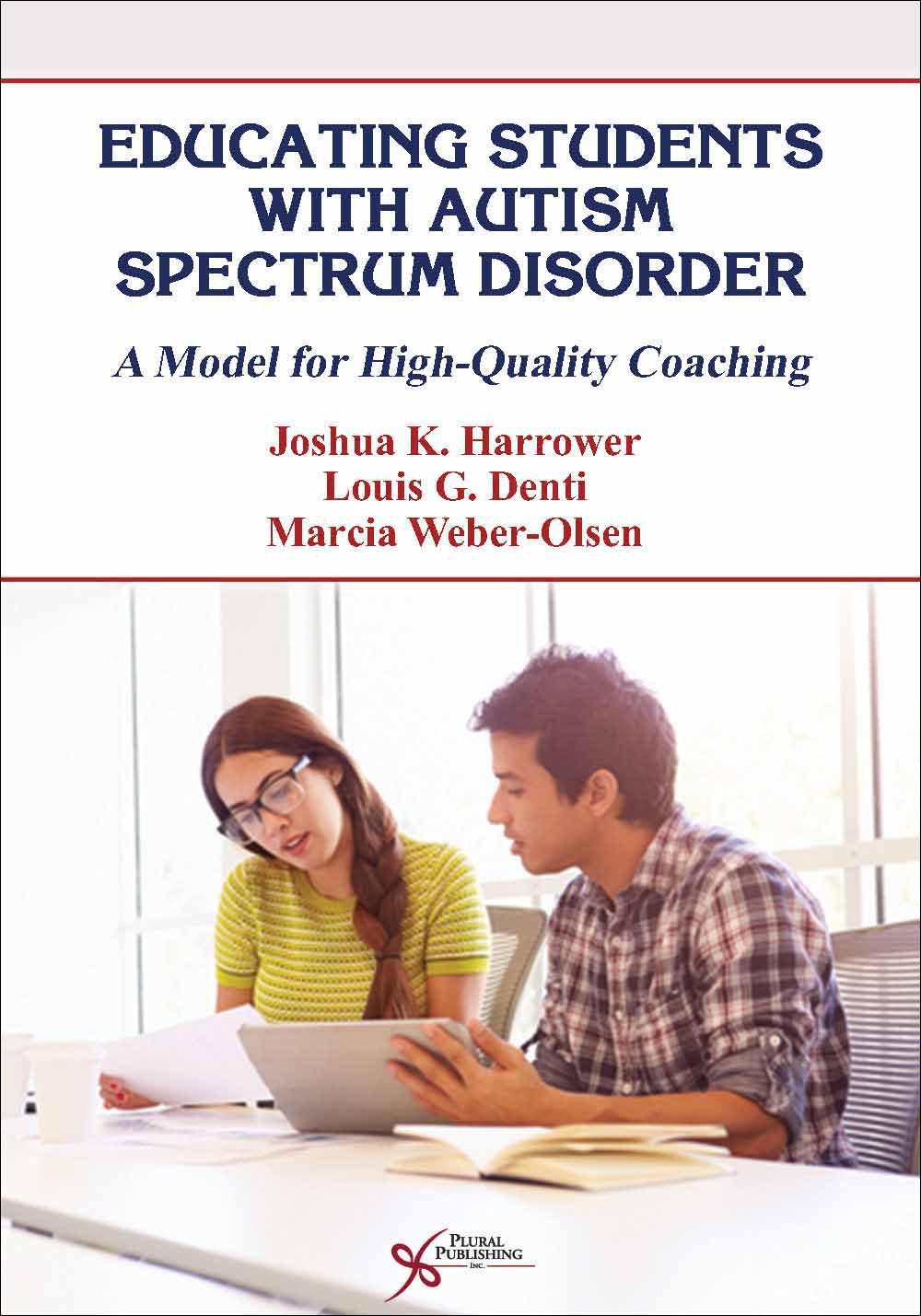
Educating Students with Autism Spectrum Disorder: A Model for High-Quality Coaching
First Edition
Joshua K. Harrower, Louis G. Denti, Marcia Weber-Olsen
Details: 245 pages, B&W, Softcover, 7" x 10"
ISBN13: 978-1-59756-786-2
© 2016 | Available
For Instructors
Purchase
Educating Students With Autism Spectrum Disorder: A Model for High-Quality Coaching offers a unique coaching model with a practical approach for special education teachers and related service providers who face the challenge of providing effective support to students with autism spectrum disorder (ASD). By empowering special education and speech-language pathologists to participate as coaches, they can go beyond simple accommodations to actively promote a less restrictive setting, dynamically assess skills, deliver effective instructional and behavioral programming, and effectively build a coaching network to engage students throughout the school day.
Provided in this text are vignettes that illustrate the reality of special education. Additionally, approaches for addressing the real-word needs of students with ASD are provided, along with evidence-based support that describes the positive results of the strategies described. This text also introduces coaching methods that will guide teachers and instructional staff to create and maintain a "solutions-focused" coaching community.
The first section of the book presents a multi-tiered model for providing coaching at varying levels of support intensity, along with the numerous important considerations involved in implementing effective coaching supports. The second section presents an outline of effective practices in utilizing coaching strategies to support teachers in planning for the instruction of meaningful skills to students with ASD utilizing a team-based, collaborative coaching model. The third section provides numerous practical, evidence-based strategies to be used by coaches and teachers in teaching meaningful skills to students with ASD. The final chapter addresses critical issues involved in building the capacity of districts to evaluate, oversee and support the effective coaching of teachers in providing evidence-based practices to students with ASD.
Educating Students With Autism Spectrum Disorder serves as a clinical guide and delivers a practical discussion of high-quality coaching as an emerging best practice for supporting special educators (teachers and paraprofessionals) as well as school-based service providers (speech-language pathologists and occupational therapists). It is a valuable primary text for special education teachers in training, a resource for professional development personnel, and a tool for researchers and graduate students in education and teaching programs.
Key Features
- Chapter objectives
- Real-life vignettes
- Reproducible forms
- Summary questions
Reviews
"Educating Students with Autism Spectrum Disorder: A Model for High-Quality Coaching is an exceptional addition to the literature on autism in that it provides a clear understanding of the importance of educational coaching in the support of students with ASD. This book provides one of the few resources that clearly delineates and explains the domain of coaching along with its associated skills, practices and activities. I particularly appreciated the authors framework for coaching support that includes peer to peer, consultative and intensive coaching. This expanded model of coaching should be beneficial for increasing the capacity for ALL teachers and schools to more effectively support students with ASD."
—Don Kincaid, Ed.D., Professor and Director, Florida Center for Inclusive Communities, Department of Child and Family Studies, College of Behavioral and Community Sciences, University of South Florida (2016)
". . .comprehensive, well organized and practical. I liked the way the authors covered all aspects of coaching, from the importance of and need for coaching to building capacity within the system. I really like the vignettes and believe most of them added to the reader's ability to visualize specific situations and apply contents from the related sections. The end of chapter questions were excellent and provided the reader with a nice way to synthesize the content. I also liked that the authors provided the necessary forms to carry out the functions laid out throughout the manuscript."
—Debbie Reinhartsen, PhD, CCC-SLP, University of North Carolina at Chapel Hill (2015)
"The first section of the book clearly explains the authors' concept of high quality coaching and the various levels of support that can be provided. Then the second part of the book explains how those coaching levels and strategies apply to assessment and intervention. The vignettes really bring the text to life! It's obvious that the authors have experience working with children with autism, and with teams. The scenarios depict situations that have been experienced by anyone who has worked in special education for any length of time. I also appreciated that the book proposes coaching relationships that can be bi-directional, with equality between the parties. I find that while I can coach a teacher about facilitating social language, teachers have much to teach me about classroom management and other areas where I'm less skilled. Another strength is the clear structure of the book, with chapter objectives to guide the reader."
—Sherry Sancibrian, MS, Texas Tech University Health Sciences Center (2015)
"A great book that has practical ideas and instructions for coaching. I thought the vignettes were especially helpful.This book was well-organized and addresses an important topic for our field."
—Jessica Franco, PhD, University of Texas at Austin (2015)
"The book is easy to read and the structure would enable the reader to dip into it rather than read it in its entirety. ... the book covers a wide array of issues relevant to coaching and could serve as a useful introductory text for student or early career SLPs working in education sectors."
—Keely Harper-Hill, JCPSLP (November 2016)
Introduction
Acknowledgments
Section I. High-Quality Coaching
Chapter 1. Introduction to Educational Coaching
Chapter 2. Autism Spectrum Disorder: What Effective Coaches and Teachers Need to Know
Chapter 3. Educational Coaching: A Review of Models and Methods
Chapter 4. Key Attributes of Effective Coaching
Chapter 5. High-Quality Coaching: A Framework
Section II. Using High-Quality Coaching in Planning Instruction for Students With Autism Spectrum Disorder
Chapter 6. Using High-Quality Coaching to Support Collaborative Teaming
Chapter 7. Using High-Quality Coaching to Support the Assessment of Student Need and Instructional Planning
Chapter 8. Using High-Quality Coaching to Support the Selection of Skills for Instruction and Monitoring Student Progress
Section III. Using High-Quality Coaching to Deliver Effective Programming for Students With Autism Spectrum Disorder
Chapter 9. Using High-Quality Coaching to Support the Delivery of Effective Instruction
Chapter 10. Coaching the Instruction of Social Communication Skills
Chapter 11. Using High-Quality Coaching to Support Teachers in Addressing Behavioral Issues for Students With ASD
Chapter 12. Transition Planning and Coaching: Using a Life Course Outcome Mapping Approach
Chapter 13. Embedding High-Quality Coaching at the District Level: Establishing a Network of Coaches
Index
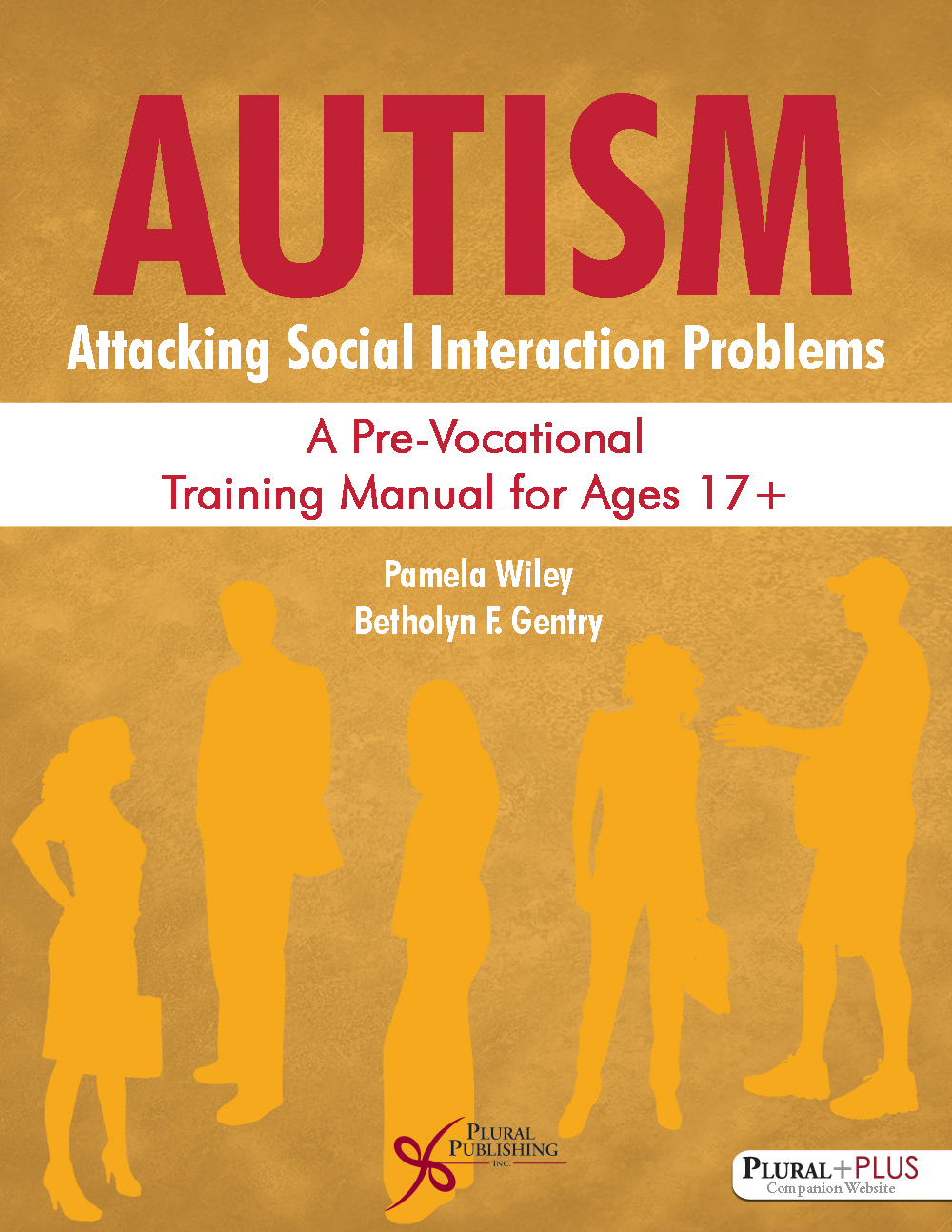
Autism: Attacking Social Interaction Problems A Pre-Vocational Training Manual for Ages 17+
First Edition
Pamela Wiley, Betholyn F. Gentry
Details: 296 pages, B&W, Softcover, 8.5" x 11"
ISBN13: 978-1-59756-794-7
© 2016 | Available
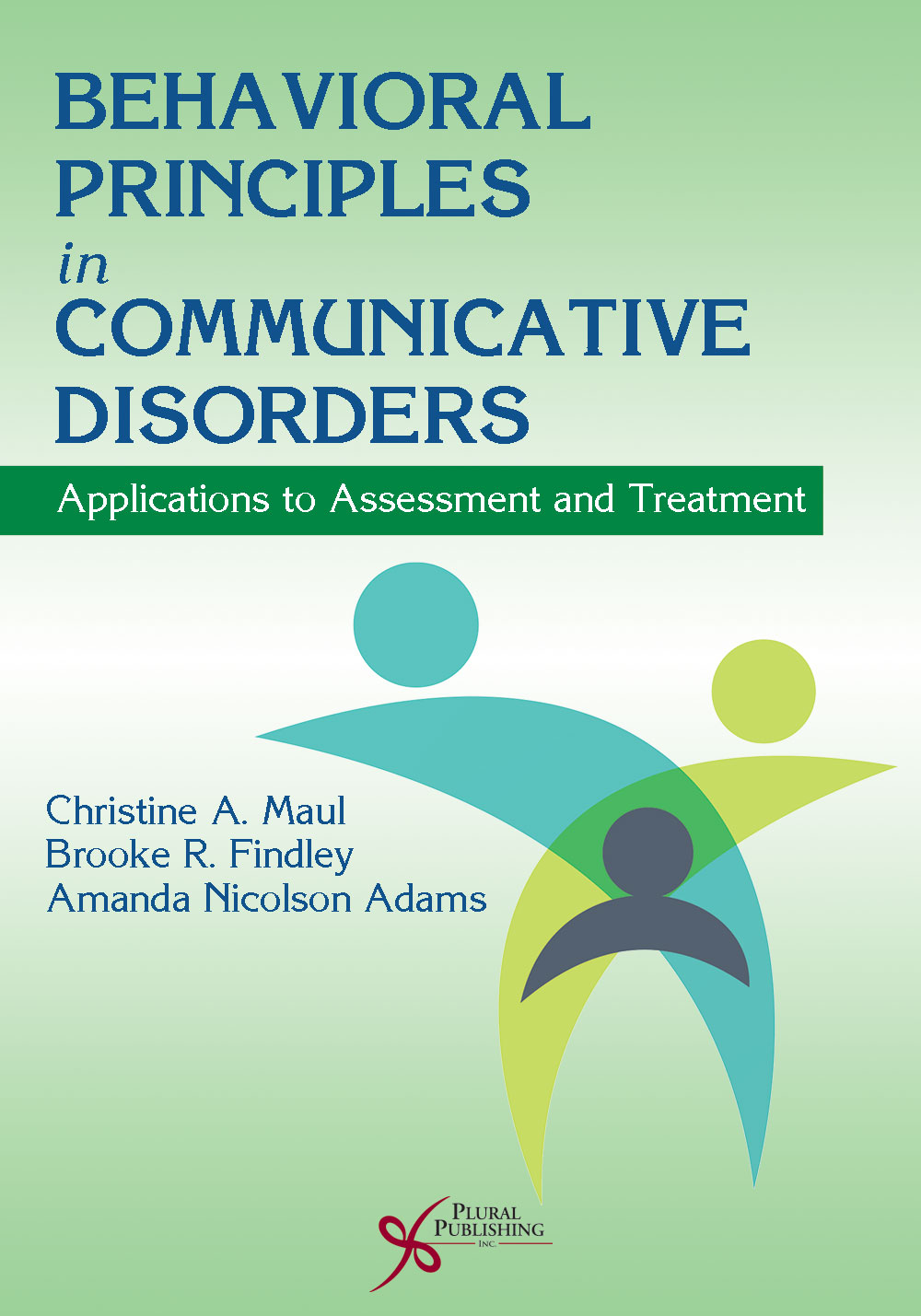
Behavioral Principles in Communicative Disorders: Applications to Assessment and Treatment
First Edition
Christine A. Maul, Brooke R. Findley, Amanda Nicolson Adams
Details: 282 pages, B&W, Softcover, 7" x 10"
ISBN13: 978-1-59756-788-6
© 2016 | Available
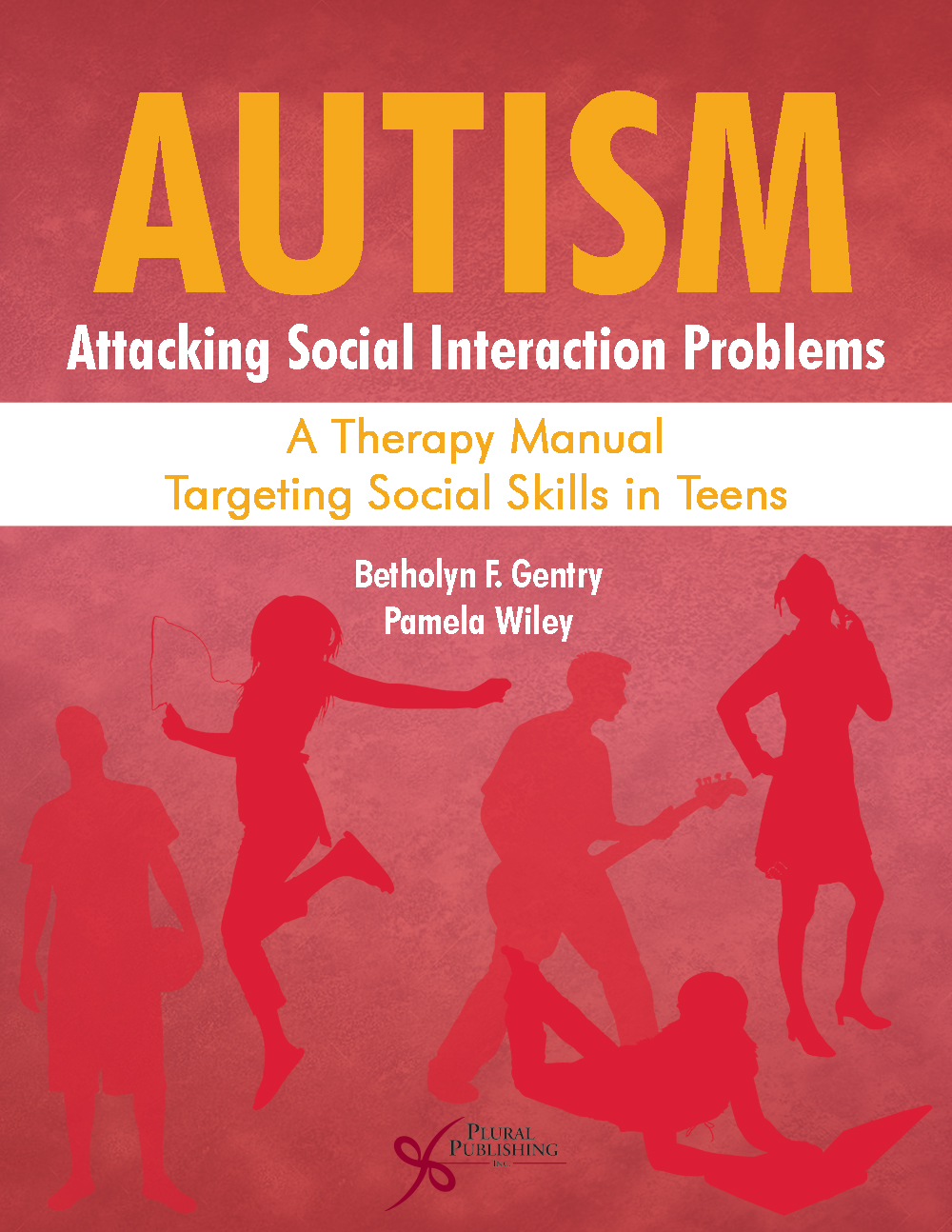
Autism: Attacking Social Interaction Problems-A Therapy Manual Targeting Social Skills in Teens
First Edition
Betholyn F. Gentry, Pamela Wiley
Details: 176 pages, B&W, Softcover, 8.5" x 11"
ISBN13: 978-1-59756-785-5
© 2016 | Available
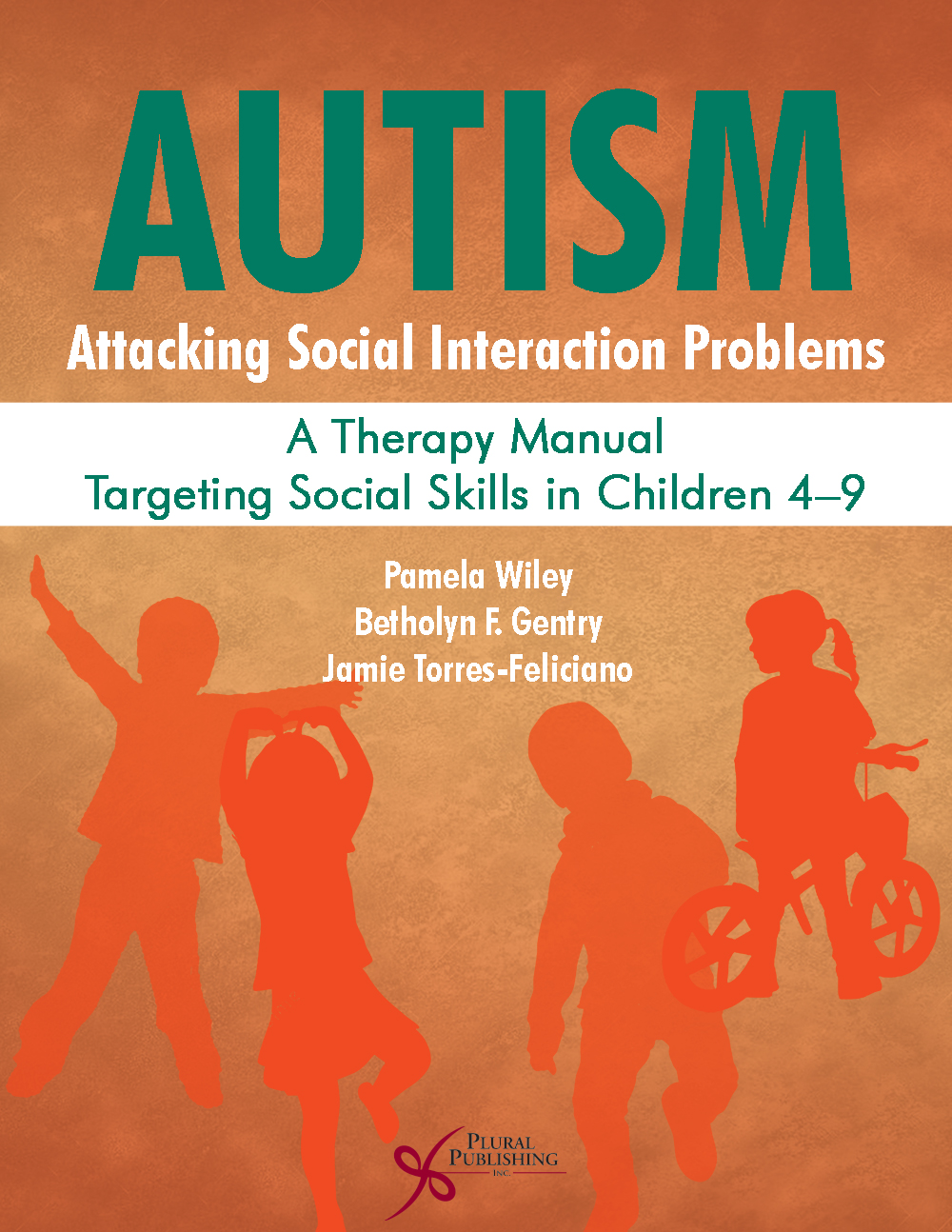
Autism: Attacking Social Interaction Problems- A Therapy Manual Targeting Social Skills in Children 4-9
First Edition
Pamela Wiley, Betholyn F. Gentry, Jamie Torres-Feliciano
Details: 392 pages, B&W, Softcover, 8.5" x 11"
ISBN13: 978-1-59756-792-3
© 2016 | Available
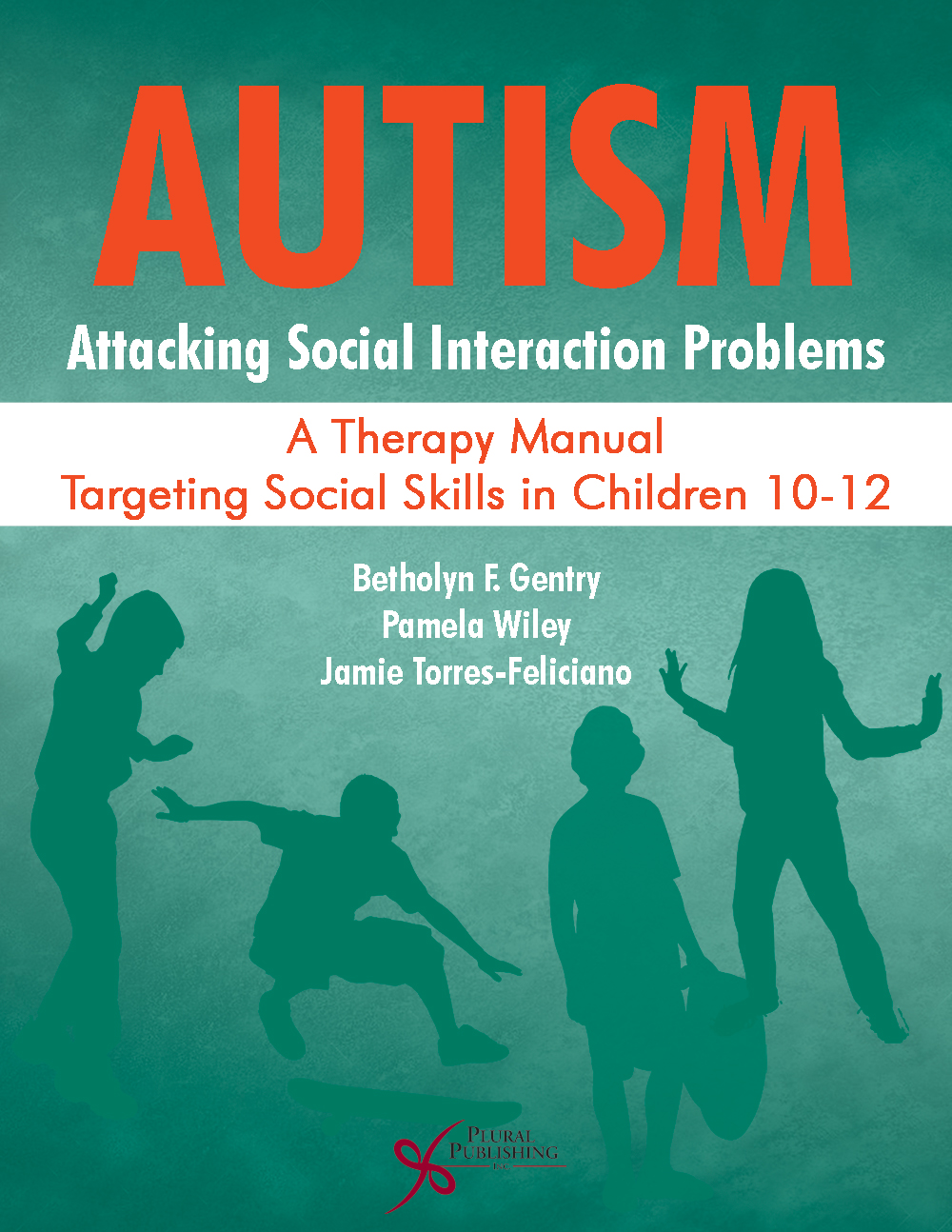
Autism: Attacking Social Interaction Problems- A Therapy Manual Targeting Social Skills in Children 10-12
First Edition
Betholyn F. Gentry, Pamela Wiley, Jamie Torres-Feliciano
Details: 252 pages, B&W, Softcover, 8.5" x 11"
ISBN13: 978-1-59756-793-0
© 2016 | Available
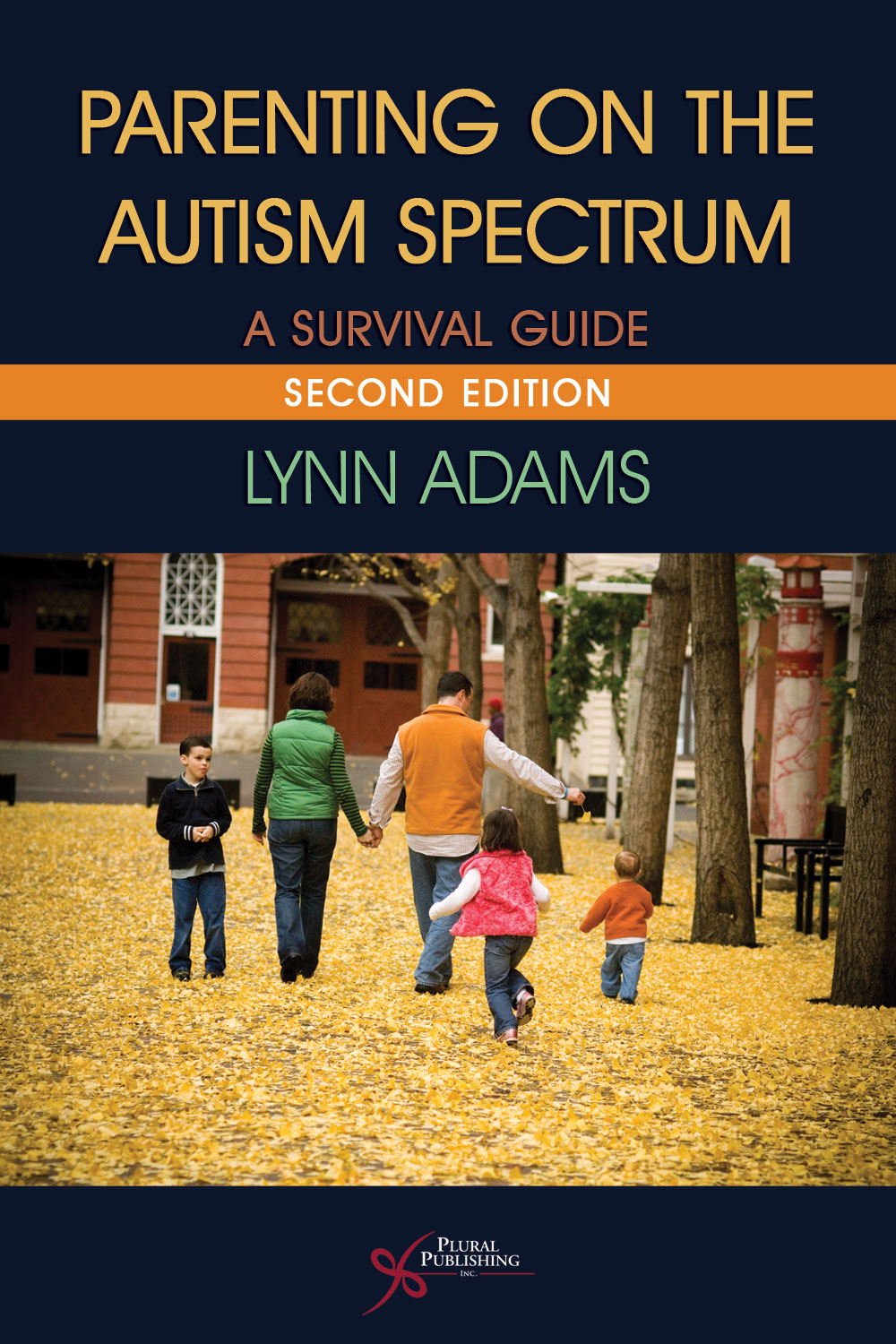
Parenting on the Autism Spectrum: A Survival Guide
Second Edition
Lynn Adams
Details: 224 pages, B&W, Softcover
ISBN13: 978-1-59756-526-4
© 2013 | Available

Behavior Management: Systems, Classrooms, and Individuals
First Edition
Jennifer D. Walker, Colleen Barry
Details: 381 pages, 2-Color, Softcover, 8.5" x 11"
ISBN13: 978-1-63550-224-4
© 2022 | Available
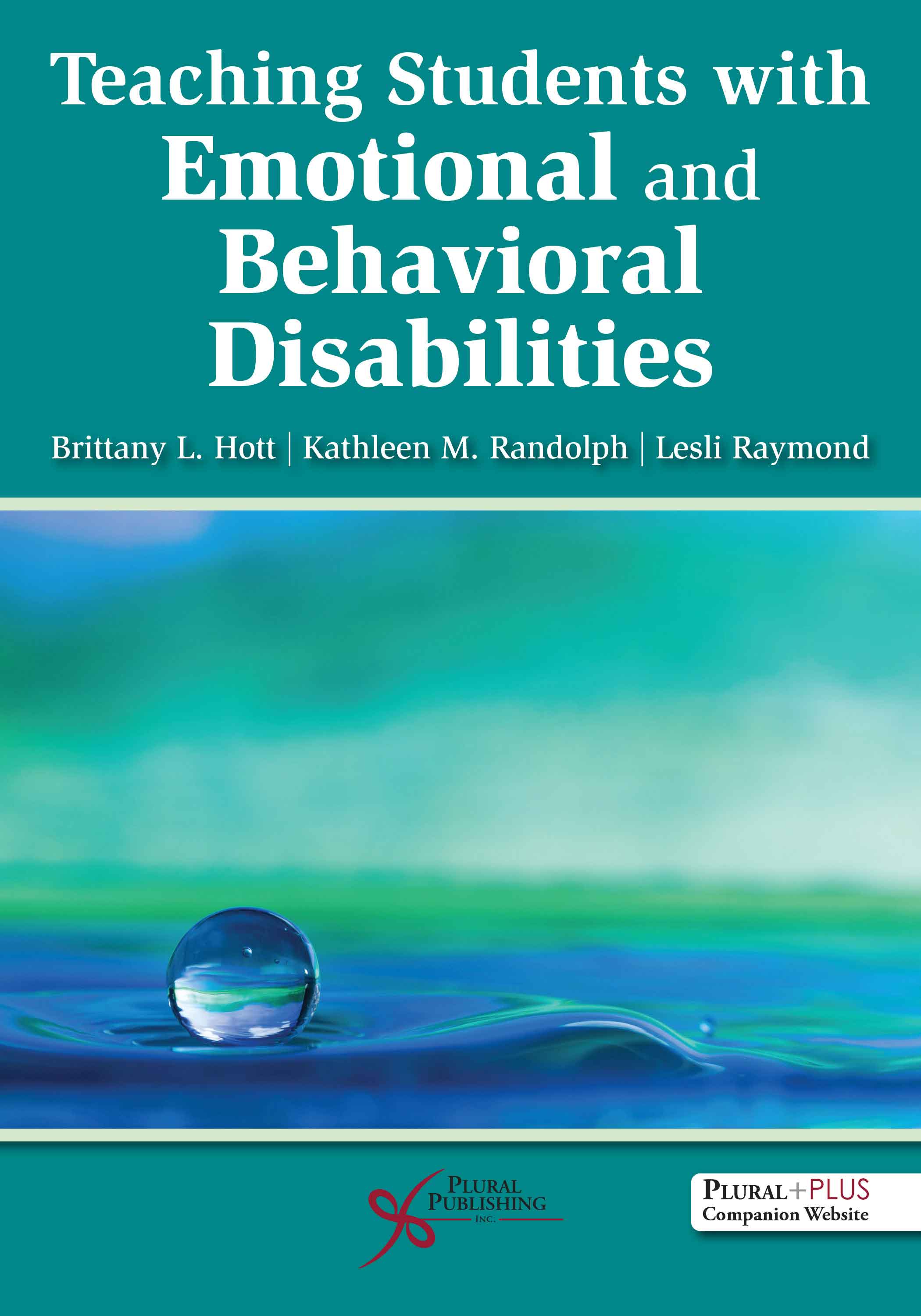
Teaching Students with Emotional and Behavioral Disabilities
First Edition
Brittany L. Hott, Kathleen M. Randolph, Lesli Raymond
Details: 397 pages, Two-Color, Softcover, 7" x 10"
ISBN13: 978-1-63550-225-1
© 2022 | Available

Special Education Law and Policy: From Foundation to Application
First Edition
Jacqueline A. Rodriguez, Wendy Murawski
Details: 567 pages, 2-Color, Softcover, 7" x 10"
ISBN13: 978-1-63550-231-2
© 2022 | Available
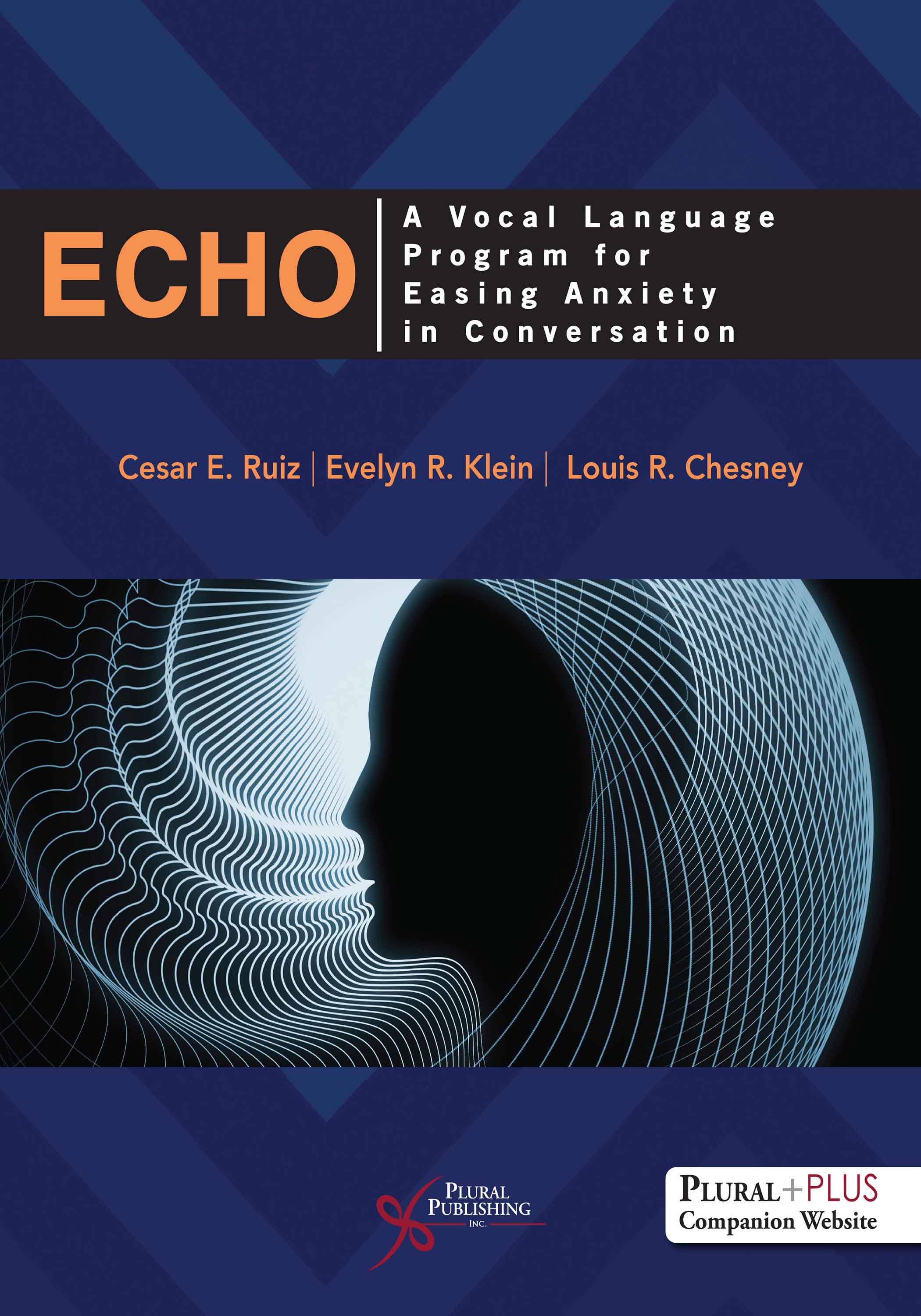
ECHO: A Vocal Language Program for Easing Anxiety in Conversation
First Edition
Cesar E. Ruiz, Evelyn R. Klein, Louis R. Chesney
Details: 225 pages, B&W, Softcover, 8.5" x 11"
ISBN13: 978-1-63550-330-2
© 2022 | Available



